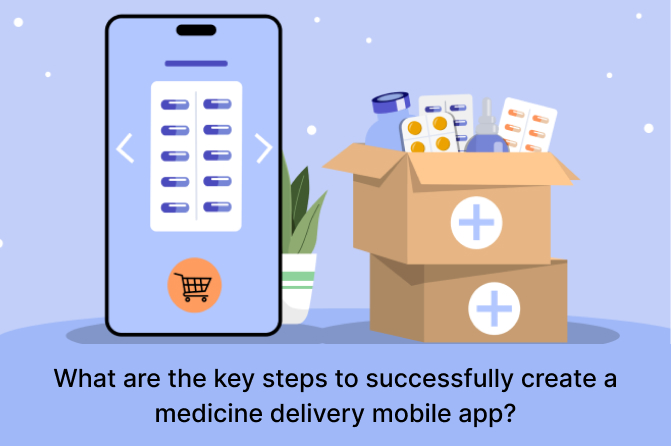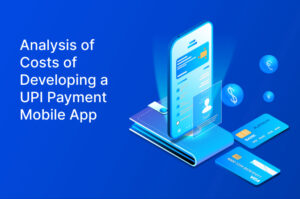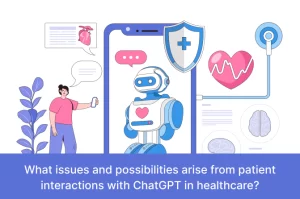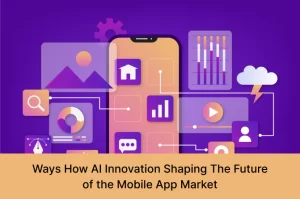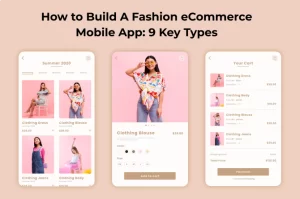It’s 2024, and the pharmaceutical sector is rapidly expanding and evolving as customers’ purchasing patterns shift. The pharmaceutical sector is becoming more patient-centric, and this trend is expected to continue as technology progresses. It is becoming increasingly global, computerized, and competitive. That is why the majority of pharmacists are seeking for strategies to compete and grow in the marketplace.
As consumer purchasing habits have changed, there is now a strong demand for ordering a variety of things from the convenience of one’s own home. Even the pharmaceutical business has not been immune to this transformation, which has resulted in the birth of numerous medicine delivery mobile apps available on various mobile app stores.
The e-pharmacy market is one of the most promising business development opportunities. The current appeal of this sphere is entirely explained by predicted market expansion. According to a recent study, the worldwide e-pharmacy business is expected to be worth $98.8 billion by 2022. The market is predicted to reach $206 billion by 2028, with a CAGR of approximately 16.8%. Given these encouraging figures, now is a great moment to explore establishing a drugstore delivery mobile app.
Medicine delivery mobile apps, which offer drugs and medicines to clients online, are one such possibility that has been around for a while but is still expanding rapidly as consumers seek more convenient ways to acquire their medications online. If you are thinking of creating a pharmaceutical delivery mobile app, this is the only guidance you will ever need. This article will show you the latest trends in online pharmacy, what are the key steps to successfully create a medicine delivery mobile app, and how to design your own.
So, without wasting any other moment, let’s dive deep into your ultimate guide to successfully create a medicine delivery mobile app.
How to Start with Medicine Delivery Mobile App Development
The development phases are critical for producing reliable and user-friendly pharmaceutical delivery software. Before you begin the development process, you must conduct thorough market research, create a unique selling proposition and competitors, locate a software development company, and plan the launch and promotion of your mobile application.
The development process is divided into stages. You must establish a distinct selling point, analyze competitors, select a reputable software development vendor, and launch, and promote your program. Here are the steps to begin with:
1. Market Analysis.
If you want your mobile app to be successful, ensure that you conduct a thorough market analysis before beginning development. Every successful mobile application development begins with a comprehensive market analysis. This stage is divided into various substages, during which you must determine the market size, learn about the perspectives of medicine delivery mobile app development in a certain region, identify potential challenges, and identify your rivals.
Also, to learn about the viewpoints and client base for medicine delivery mobile app development in a certain place, the challenges you may face, and who your rivals are.
2. Business model and monetization strategy
Once you’ve thoroughly researched the pharmaceutical delivery mobile app industry landscape, it’s time to select the ideal business plan for your mobile application. Refer back to the sections that cover different company models and monetization tactics. Determine the features your mobile application will require to meet all of the requirements of the model you select.
3. Find a mobile app development business.
Finding the appropriate software development vendor is just as vital as creating a good USP. There are numerous regions from which you can outsource mobile app development. Nonetheless, in India mobile app development business shines out due to its vast number of enterprises, high-tech skills, and relatively affordable prices.
(Note: Keep in mind that the region where you outsource mobile app development has an impact on the overall development cost. In India, the hourly development fee is approximately $50-80, but the development cost in the United States is $150-200 per hour.)
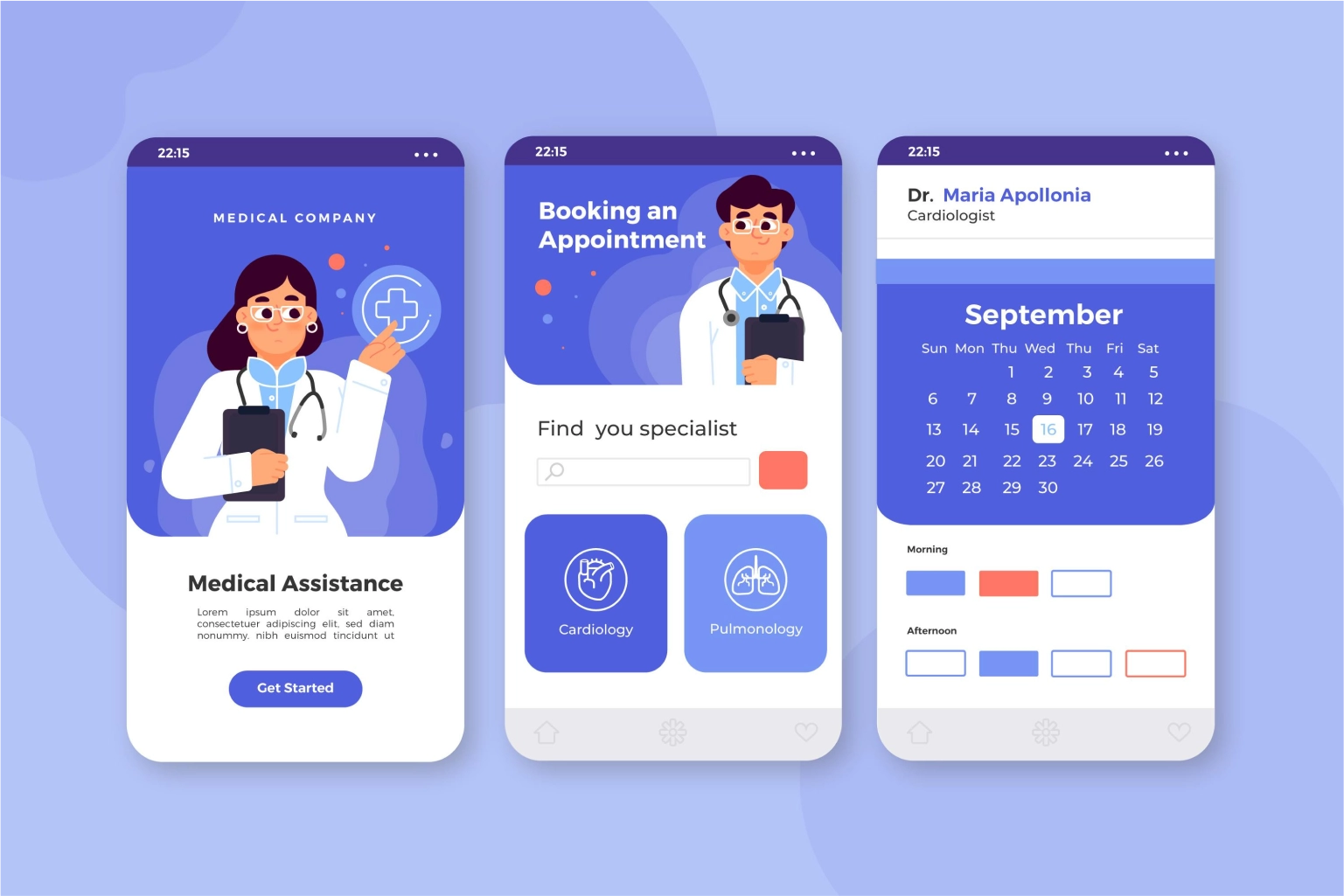
4. Choose prescription delivery mobile app functionality.
The functionality of the future mobile app must be decided based on the prior business model and monetization approach. You can begin mobile app development with the first version of a mobile app that just has basic features. Choose thoughtfully and avoid cluttering it with capabilities that users do not require.
Additional features can be added to the mobile app following successful app idea validation and subsequent development stages.
5. Test and launch a medicine delivery mobile app
Before making the mobile app available to the general public, it must be thoroughly tested. Expert quality assurance engineers should extensively test the application’s features, UX & UI, code, and front end.
Once the quality testers and engineers are satisfied with the application, it can be released on the Play Store or Apple Store. However, after your mobile app has been successfully deployed, you must prepare for app updates and enhancements. Medicine delivery mobile app development must include a testing stage in which Quality Assurance Engineers test all aspects of the mobile app, beginning with UX and UI and progressing to code, front-end, and so on.
6. Plan for ongoing development & support
The effort on your mobile app does not end with its release to the market. As soon as your software is successfully deployed, you must plan the following edition and make modifications to enhance the user experience.
7. Marketing and Partnerships
Aside from software development, you must commit time to marketing the application and locating partners, suppliers, couriers, and so on. You can ask your partners to promote your applications in order to attract new users. Target significant drugstore chains to collaborate with the mobile app, which will help you promote your product and establish your market reputation.
Key Features Of A Medicine Delivery Mobile App?
The success and popularity of a mobile app are primarily determined by its features. It also determines how easy the software is to use and how the user interface works. Thus, before you begin developing an online pharmaceutical delivery mobile app, consider the following list of key elements.
The features are organized into four key categories:
- Customer,
- Administration,
- Pharmacy, and
- Delivery, with a thorough list of each.
Let’s go through them one by one.
1. Customer Features
Login and Registration: The user must quickly register with the mobile app using a mobile number, email address, or social media account. You may even add an OTP for more security.
Prescription Uploading: Users can upload a snapshot of their prescription, along with additional test reports.
Medicine Search: Users can simply search for drugs using filters like as salts, categories, names, and brands.
Details about the medicine: Users must have complete information about the drugs, including the ability to examine the specifics or descriptions, and manufacturer, and compare costs.
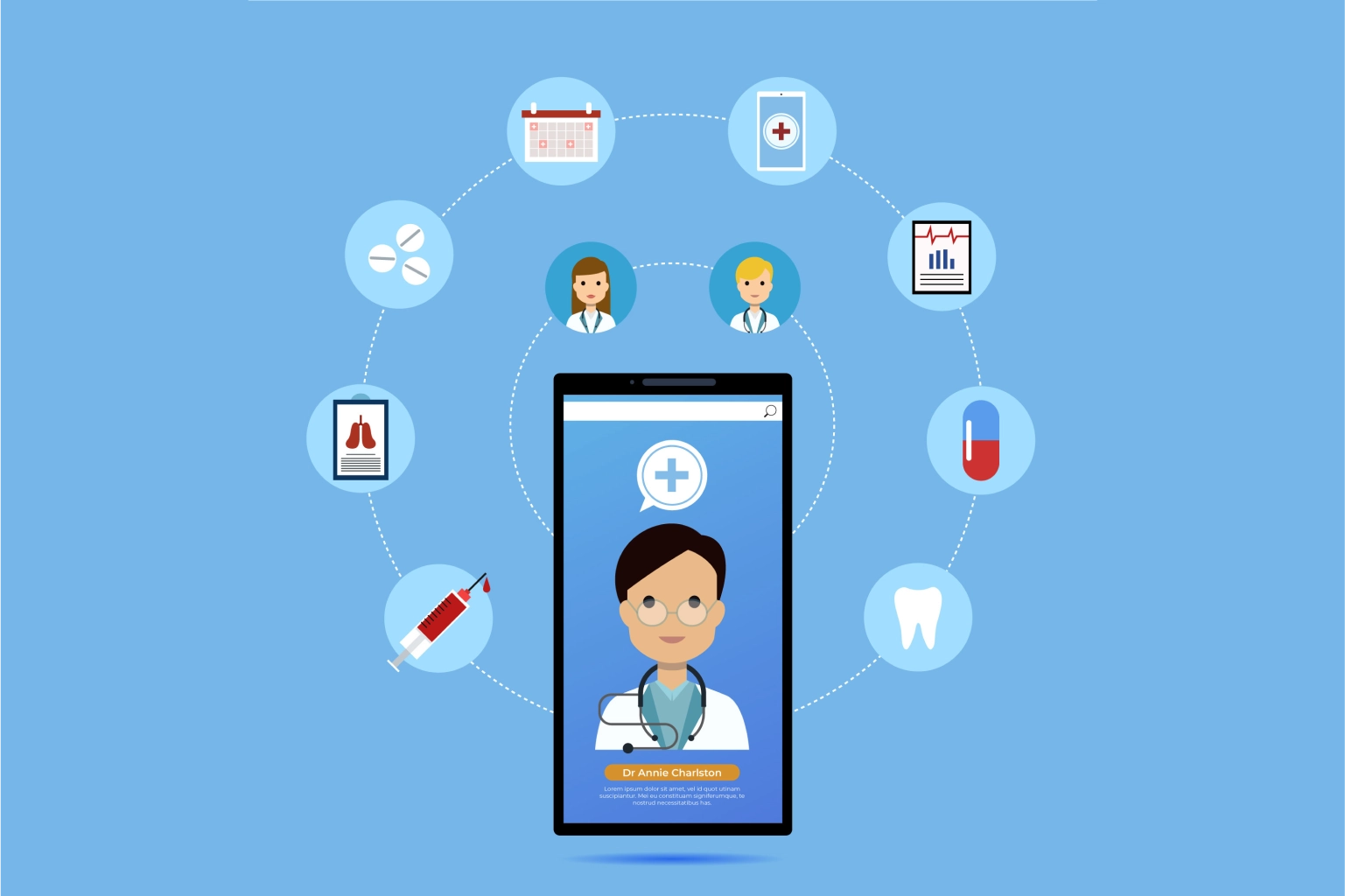
Medicine Substitute: If the desired medicine is not available, the mobile app should offer a drug substitute and allow clients to search for alternative generic pharmaceuticals using their salts or names.
Adding to Cart: Users should be allowed to add drugs and health equipment to their carts for checkout.
Order Placing: Users should be able to place orders easily after adding things to their cart.
Order Tracking: Users can use a unique tracking ID to trace their order once it has been sent.
Payments Gateways: These payment gateways enable safe online payments using debit/credit cards, net banking, or wallets.
2. Admin Panel Features
Admin Dashboard: The administrator should be able to verify, manage, and view all active orders, partners or pharmacists, clients, delivery boys, and total earnings from a single platform.
Order Management: The admin should be able to handle all ongoing orders, including history and current tracking status.
Pharmacists Management: The admin can manage, add, remove, and update all pharmacies the mobile app has collaborated with.
Customer Management: This allows the admin can manage customers, broadcast messages to users, and send push notifications to customers about offers, deals, promos, etc.
Inventory Management: Admins may control inventory and notify dealers when products are out of stock or approaching expiration dates.
Analytics and Reports: The administrator must maintain track of all operational data and statistics in order to generate performance reports and execute further marketing initiatives.
3. Pharmacy Features
Easy Set-Up: This feature aims to streamline the process of setting up pharmacy accounts on the mobile app, making it quick and effortless.
Products Management: The pharmacy owner must monitor and maintain the product, which includes drug information such as description, expiry date, and necessary treatment instructions.
Product Listings: This permits pharmacists to add, upload, and display product photos, prices, and categories.
Prescription viewing: The pharmacist should be able to review the digital prescriptions submitted by users.
Price Management: To match dynamic marketing plans, pharmacists should be able to easily adjust medicine costs within the mobile app.
Order History: This functionality enables pharmacists to view all previous order data in order to provide users with a more personalized experience.
Ratings and Reviews: Pharmacy staff can manage user ratings and reviews.
4. Delivery Features
Manage Profile: To become a licensed delivery partner, couriers, and delivery organizations must enter personal business information as well as their license ID.
Staff Availability: The delivery crew must indicate the current state of their shipping process, such as order dispatch, on-the-way, or delivery.
Real-time Notifications: When an order is placed, delivery agents should be notified.
Delivery Route: The delivery agents should use GPS to determine the most efficient delivery routes to the customer’s home.
Benefits Of Medicine Delivery Mobile Applications
Benefits For Pharmacists
- The mobile app contains a feature that analyzes the monthly needs of regular clients and serves as a reminder to keep their medication on hand and accessible.
- Pharmacists will no longer need to keep an inventory record for each order they fill thanks to pharmaceutical home delivery mobile applications. The software efficiently provides them with timely updates, ensuring that the stock is restocked before it runs out.
- Pharmacists can use mobile applications to reach clients who are otherwise inaccessible. Customers frequently have to drive a considerable distance to obtain necessary prescriptions due to geographical constraints, but with the help of mobile apps, businesses may meet these requests as well. This helps the company’s client base grow.
Benefits For Users
- These mobile apps allow users to save both time and effort. There will be no more long lines, and customers will not have to return to stores if they forget to bring a drug on their list. Mobile apps make it easy to place internet orders.
- Not only do these applications help with prescriptions, but they can also be used to receive medical help if necessary. The on-call doctors assist with video call features included in medical delivery mobile apps.
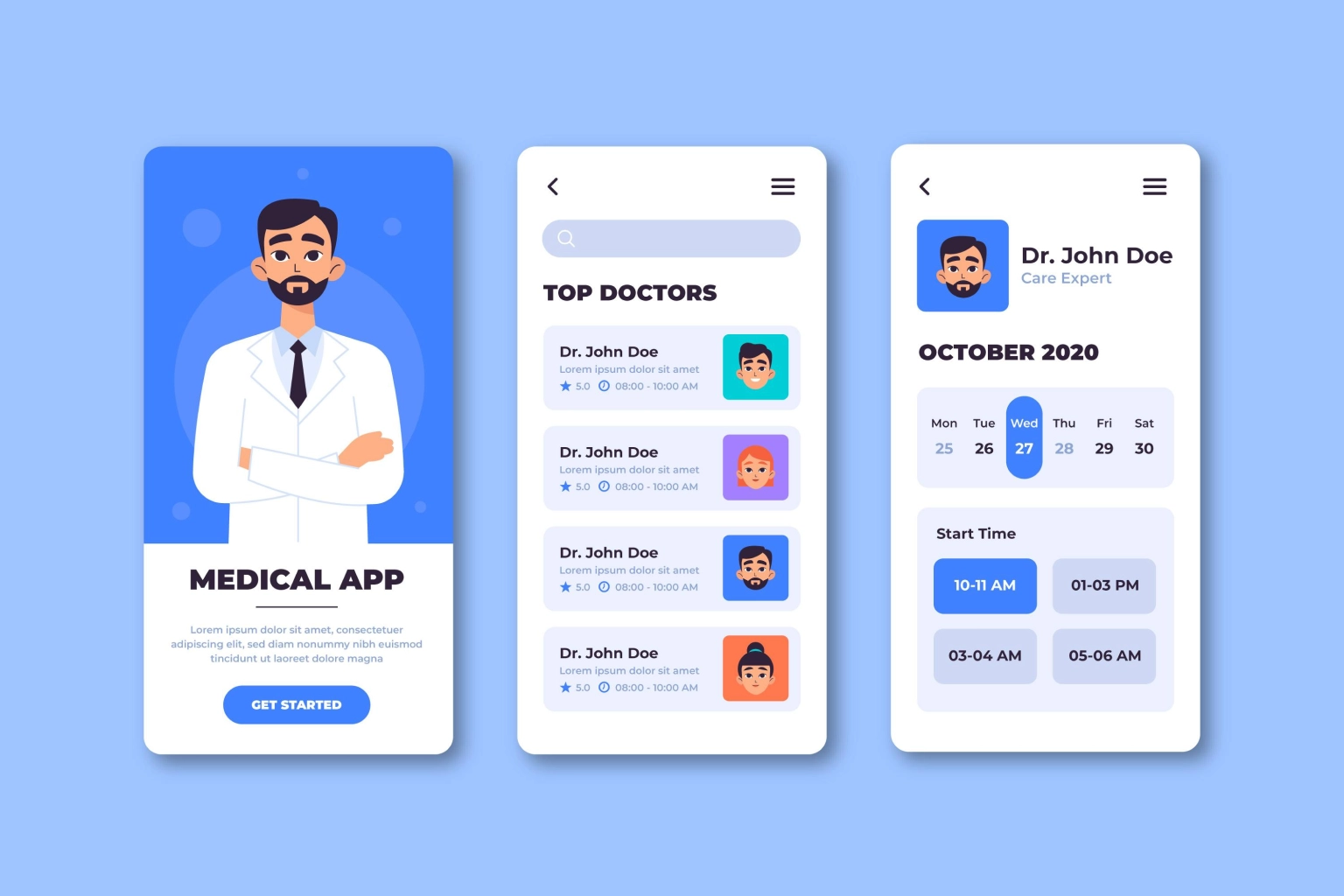
How Much Does It Cost To Develop An Online Medicine Delivery Mobile App?
Once you’ve decided on the features and the operating model you wish to use, you may select the technologies. However, keep in mind that the cost of each feature integration and technology varies. Furthermore, the total development cost is determined by the hourly rates charged by the mobile app development business to its developers.
Here are a few considerations to consider while establishing a pharmaceutical delivery mobile app for your business.
- Types of mobile application platforms: iOS, and Android.
- UI/UX design of the mobile application.
- Backend Frameworks and quality testing for the mobile application
- Mobile app maintenance and service.
- Post-delivery support
- Mobile app development company’s hourly or monthly rates.
Conclusion:
Certainly, on-demand medicine delivery apps have the potential to transform any community. If you are just starting out with your project, we recommend identifying your target market and rivals, as well as developing a monetization strategy. Then, sketch out your mobile app’s vision, including important features and UI designs. With these fundamentals in mind, you’ll be able to create an on-demand pharmaceutical delivery mobile app that addresses real-world problems in your community while also generating cash!
To know more about online medicine delivery apps and do you want to start your online pharmacy at the lowest price to grow your business worldwide then contact Alphaklick today as we are the top mobile app development company in usa.
We hope that we have provided you with all the insight regarding what are the key steps to successfully create a medicine delivery mobile app. With years of experience and hundreds of successful mobile apps, the expert mobile app development team at Alphaklick is transforming businesses across various verticals globally to build stunning web and mobile applications.
If you are looking forward to developing a medicine delivery mobile app, you can get in touch with us today.

